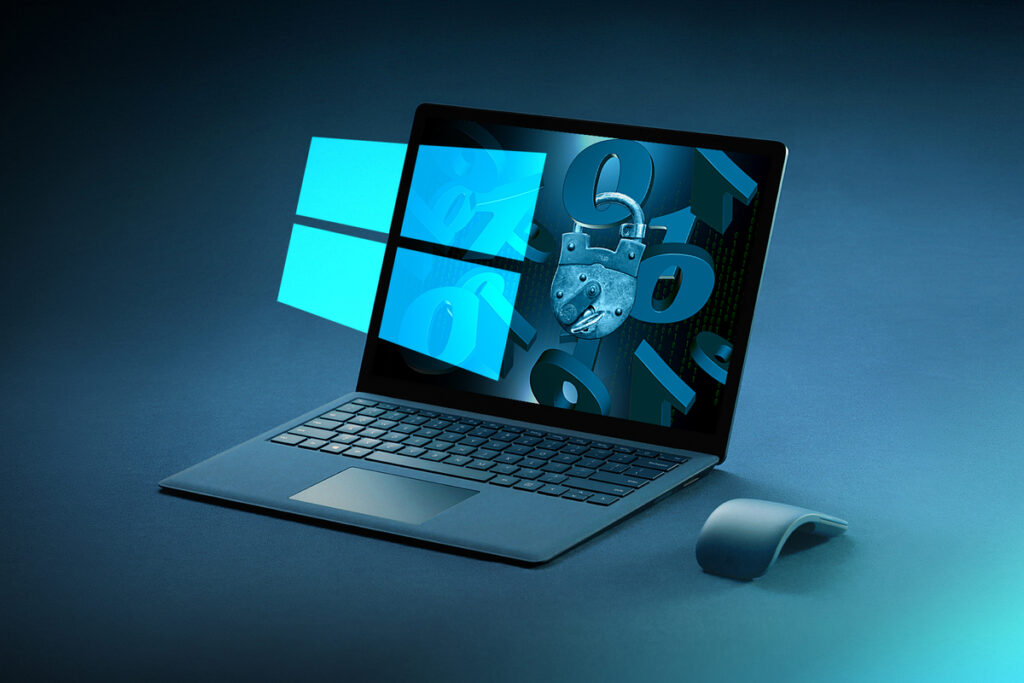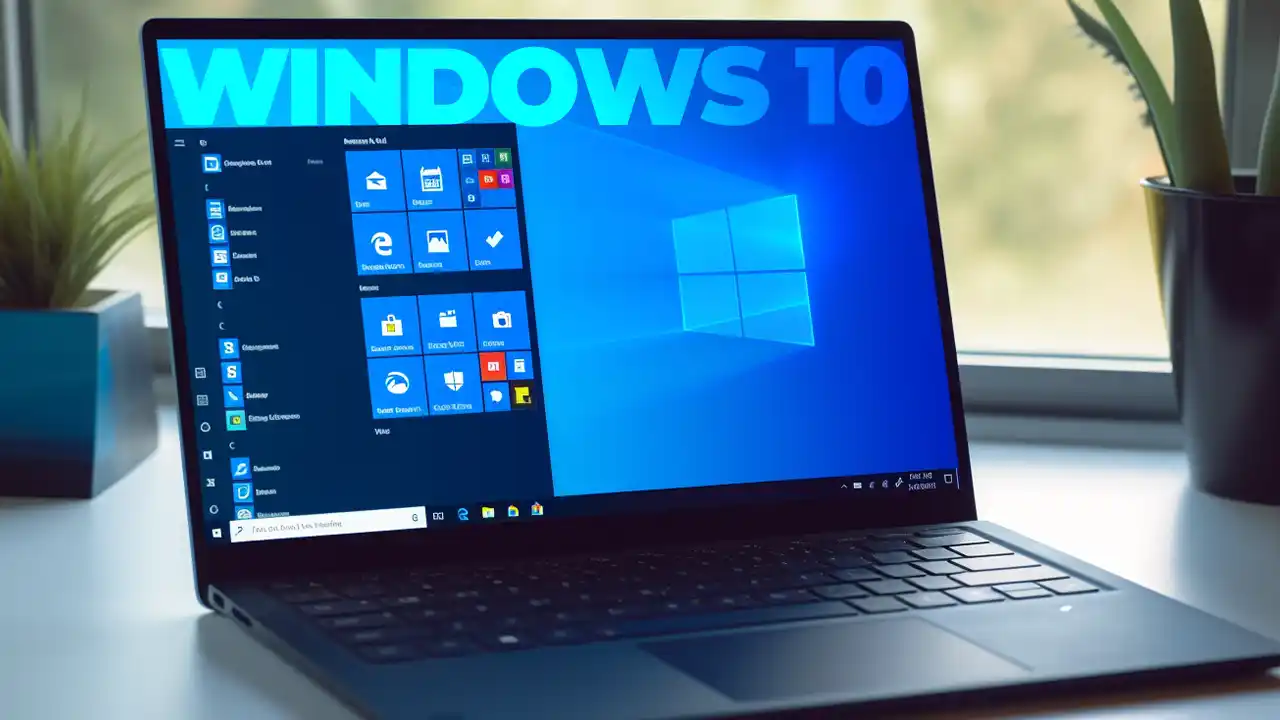Windows 10 has been one of the most popular operating systems in the world, powering millions of computers for both personal and business use. However, Microsoft has officially announced that support for Windows 10 will end on October 14, 2025.
After this date, Microsoft will no longer release security updates, bug fixes, or provide technical support for Windows 10. While your computer won’t suddenly stop working, it will become increasingly vulnerable to cyber threats, performance problems, and software compatibility issues.
Many businesses and individuals might feel tempted to keep using Windows 10 because it’s familiar, stable, and “still works.” But the risks of staying on an outdated operating system are real—and in some cases, severe.
In this article, we’ll break down the key security risks of staying on Windows 10 after it reaches its end of life, and we’ll also discuss what steps you can take to protect your systems.
1. Unpatched Security Vulnerabilities
Once Windows 10 is no longer supported, Microsoft will stop releasing security patches. This means that any newly discovered vulnerability will remain unpatched forever. Cybercriminals are quick to exploit such weaknesses, and they often target outdated systems because they know those systems won’t be fixed.
Without regular updates, your computer becomes an easy target for:
- Hackers looking to steal sensitive data
- Malware infections that can damage or encrypt your files
- Spyware that silently tracks your online activity
Think of it like leaving your front door unlocked—sooner or later, someone will take advantage.
2. Increased Risk of Malware and Ransomware Attacks
Unsupported operating systems are prime targets for malware creators. Once security updates stop, it’s only a matter of time before ransomware and other malicious programs start targeting known weaknesses in Windows 10.
Ransomware attacks, in particular, can be devastating. In these attacks, criminals encrypt your data and demand payment to unlock it. Without strong defenses and up-to-date patches, the chances of a successful attack go up dramatically.
3. No More Microsoft Technical Support
When something goes wrong on Windows 10 after its end of life, Microsoft won’t be there to help you. This means no official assistance for:
- System errors and crashes
- Compatibility problems
- Performance issues
Without official support, fixing problems can become more difficult, time-consuming, and expensive. You might have to rely solely on third-party IT services—which can cost significantly more in the long run.
4. Compliance and Legal Risks
For businesses, using an unsupported operating system can create serious compliance issues. Many industries have strict rules requiring that all systems be kept up to date with security patches.
If your organization is found to be using unsupported software:
- You could face fines or penalties
- You might fail security audits
- You could lose business contracts
- Your cyber insurance claims might be denied
In short, running outdated systems can directly affect your bottom line.
5. Compatibility Problems with Software and Hardware
Over time, software developers will stop testing their applications on Windows 10. This means that new software updates might not work, and older versions could become unstable or stop functioning altogether.
The same applies to hardware. Printer manufacturers, graphics card makers, and other hardware companies will eventually stop creating Windows 10-compatible drivers. As a result:
- New devices might not work at all
- You might lose access to certain features
- Performance could degrade
6. A Weak Link in Your Network
Even if you have modern security tools, just one outdated device on your network can put the whole system at risk. Hackers often use the weakest link to get in, then move through the network to attack other devices and servers.
This is especially dangerous in businesses where multiple computers are connected to shared storage or cloud services.
7. False Sense of Security from Temporary Workarounds
Some users think they can stay safe on Windows 10 by installing strong antivirus software, using firewalls, or being careful online. While these steps can help reduce risk, they cannot replace official security updates from Microsoft.
Temporary solutions only buy time—they do not solve the underlying problem. Eventually, attackers will find a way in.

8. The Cost of a Security Breach Can Be Huge
Many people underestimate the financial impact of a cyberattack. The costs can include:
- Lost business due to downtime
- Expenses for recovery and data restoration
- Legal fees if customer data is compromised
- Damage to your company’s reputation
In many cases, a single serious breach can cost far more than upgrading your operating system.
9. Environmental and Practical Impact
Some businesses may be tempted to keep outdated hardware just to avoid upgrading the operating system. However, this often leads to lower productivity and higher maintenance costs. In some cases, it also contributes to environmental waste when older, insecure systems are eventually discarded.
What You Can Do to Stay Protected
While the end of Windows 10 support may sound alarming, you do have options. Here are some practical steps:
- Plan Your Upgrade Early
Don’t wait until the last minute. Start testing your applications and devices on Windows 11 or other supported systems. - Replace Incompatible Hardware
If your current device can’t run a supported OS, it may be time to invest in new hardware. - Use Extended Security Updates (ESU) Temporarily
Microsoft sometimes offers paid security updates for organizations that need more time to migrate. This can be a short-term safety net while you plan your full upgrade. - Strengthen Your Network Security
If you must keep using Windows 10 temporarily, isolate it from your main network and use advanced firewall and antivirus tools. - Educate Users
Make sure everyone in your organization understands the risks of using outdated software and the importance of security updates.
Staying on Windows 10 after its end of life might feel convenient in the short term, but the risks far outweigh the benefits. Without security updates, your systems become easy targets for hackers, malware, and ransomware. Over time, you’ll also face growing compatibility issues, compliance problems, and potential financial losses.
The smartest move is to start planning your transition to a supported operating system now. By acting early, you can protect your data, maintain productivity, and avoid costly disruptions.


